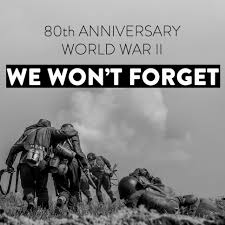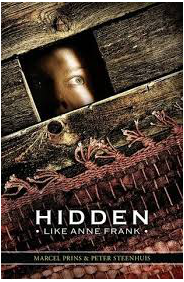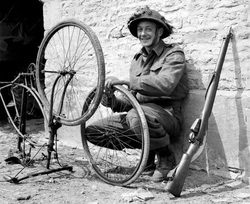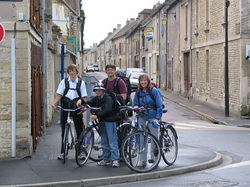
The Battle of the Bulge, which began on December 16, 1944. By the time it ended, 40 days later, approximately 600,000 American troops had participated in the largest battle ever fought by the US Army. Fighting in brutal conditions and freezing temperatures, Allied forces managed to stop the Nazi war machine from reversing the gains the Allied forces had made ever since the Normandy invasion. The Allies pushed the German Army back, but at a great price. The U.S. Army lost 19,000 men and suffered more than 80,000 casualties. 23,000 Americans were captured and taken prisoner.
 source: WikiCommons
source: WikiCommons  Marines exhume the remains of prisoners who were killed at Palawan.
Marines exhume the remains of prisoners who were killed at Palawan. The men killed in the Palawan massacre had been interned in Palawan Prison Camp, an old Philippine Constabulary barracks since August 12, 1942, when they’d arrived in two transport ships. Originally 300 in number, the men were survivors of the Battle of Bataan and the Battle of Corregidor. For the next two years, they cleared land and constructed a concrete runway for their captors, using only hand tools, wheelbarrows and two small cement mixers. Half of the prisoners were sent back to Manila on September 22, 1944. A month later, the airstrip and nearby harbor came under allied attack and the prisoners were forced to dig trenches 5 feet deep and 4 feet wide for use as bomb shelters. Afraid that the advancing Allies would be able to rescue the prisoners of war, the Japanese sounded an air raid siren. Once the 150 men had entered the trenches, Japanese soldiers set them on fire using barrels of gasoline. Prisoners who tried to escape the flames were shot down by machine gun fire. Others attempted to escape by climbing over a cliff that ran along one side of the trenches, but were later hunted down and killed. 139 of the prisoners were killed. 11 men escaped and were aided by Filipino scouts and guerrillas.
















